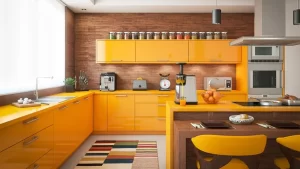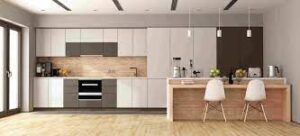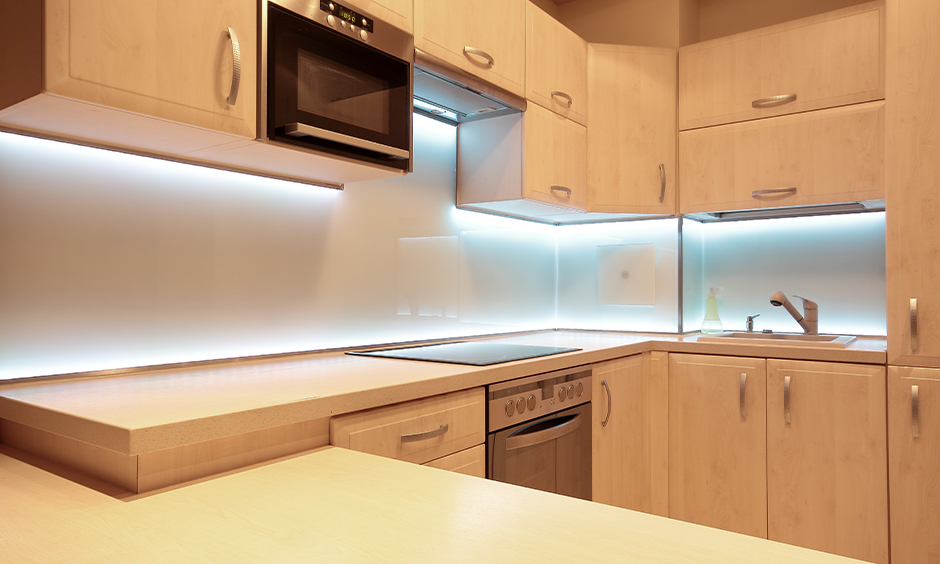The Ultimate Guide to Kitchen Remodel Costs: Budgeting for Your Dream Kitchen
 Embarking on a kitchen remodel is an exciting endeavor that can transform your cooking space into a stylish, functional, and inviting area. However, before you dive headfirst into the world of renovation, it’s essential to have a clear understanding of the costs involved. In this comprehensive guide, we will explore various factors that influence kitchen remodel costs, offer budgeting tips, and provide insights into cost-effective alternatives. Whether you’re planning a minor facelift or a complete overhaul, this article will equip you with the knowledge to make informed decisions about your kitchen remodel budget.
Embarking on a kitchen remodel is an exciting endeavor that can transform your cooking space into a stylish, functional, and inviting area. However, before you dive headfirst into the world of renovation, it’s essential to have a clear understanding of the costs involved. In this comprehensive guide, we will explore various factors that influence kitchen remodel costs, offer budgeting tips, and provide insights into cost-effective alternatives. Whether you’re planning a minor facelift or a complete overhaul, this article will equip you with the knowledge to make informed decisions about your kitchen remodel budget.
Understanding the Scope of a Kitchen Remodel:
Kitchen Remodeling Fort Worth can range from a simple cosmetic update to a complete transformation involving structural changes. The scope of your project will significantly impact the overall cost. Consider the following elements:
- Layout Changes: Altering the existing layout by moving walls, plumbing, or electrical systems will involve higher costs due to labor and material expenses.
- Cabinetry: Replacing or refacing kitchen cabinets can substantially impact your budget. Custom-built cabinets tend to be pricier, while stock or semi-custom options offer more affordable alternatives.
- Countertops: The material you choose for your countertops, such as granite, quartz, or laminate, will affect the cost. High-end materials will increase expenses, while budget-friendly options can save you money.
- Appliances: Upgrading your kitchen appliances can add significant costs to your remodel. Determine whether you need top-of-the-line models or if more affordable options suit your needs.
- Flooring: From hardwood to tile or vinyl, the choice of flooring material will vary in cost. Consider durability, maintenance requirements, and your budget when selecting flooring for your kitchen.
Factors Influencing Kitchen Remodel Costs:
- Size of the Kitchen: The larger your kitchen, the higher the costs will likely be. More square footage means more materials and labor required.
 Quality of Materials: High-end materials and fixtures will undoubtedly increase your kitchen remodel budget. Determine where you can compromise without sacrificing aesthetics or functionality.
Quality of Materials: High-end materials and fixtures will undoubtedly increase your kitchen remodel budget. Determine where you can compromise without sacrificing aesthetics or functionality.- Labor Costs: Hiring professionals such as contractors, electricians, plumbers, and designers will incur additional expenses. Research local labor rates, obtain multiple quotes, and choose reliable contractors with good references.
- Permits and Regulations: Depending on the extent of your remodel, you may need to obtain permits from your local municipality. Factor in the associated fees and potential delays in your project timeline.
- Geographic Location: Remodeling costs can vary depending on your region’s labor rates, cost of living, and availability of materials. Research local pricing trends to get a better understanding of the cost range in your area.
Creating a Realistic Budget:
- Determine Your Priorities: List your must-haves and nice-to-haves. Allocate your budget accordingly to ensure essential elements are not compromised.
- Research Costs: Explore home improvement websites, consult with professionals, and visit showrooms to gather information on material and labor costs. Use these figures as a basis for creating your budget.
- Contingency Fund: Set aside a contingency fund of around 10-20% of your total budget to account for unexpected expenses or last-minute changes.
- DIY vs. Hiring Professionals: Consider your skill level and available time. While DIY projects can save money, complex tasks may require professional assistance. Be realistic about your abilities to avoid costly mistakes.
- Phased Remodeling: If your budget is limited, consider phasing your remodel over time. Prioritize essential upgrades first and plan for additional improvements later.

Cost-Saving Tips:
- Refacing Cabinets: Instead of replacing cabinets entirely, consider refacing them for a fresh look at a fraction of the cost.
- Opt for Mid-Range Materials: Choose mid-range materials that offer a balance between cost and quality. These can still provide a stylish finish without breaking the bank.
- Repurposing and Recycling: Salvage and repurpose materials from your existing kitchen whenever possible. This approach can add character and reduce expenses.
- DIY Painting: Painting walls, cabinets, or backsplashes can be a cost-effective way to update the look of your kitchen.
- Shop Smart: Compare prices, wait for sales, and consider purchasing from outlet stores or online retailers to find discounted materials and appliances.
Embarking on a kitchen remodel requires careful planning and budgeting. By understanding the various factors that influence the cost, setting realistic expectations, and implementing cost-saving strategies, you can create a budget that aligns with your vision for a dream kitchen. Remember to do thorough research, seek professional advice when needed, and make informed decisions throughout the remodeling process. With a well-planned budget, your kitchen remodel can be a rewarding and satisfying experience that enhances both the functionality and aesthetics of your home.